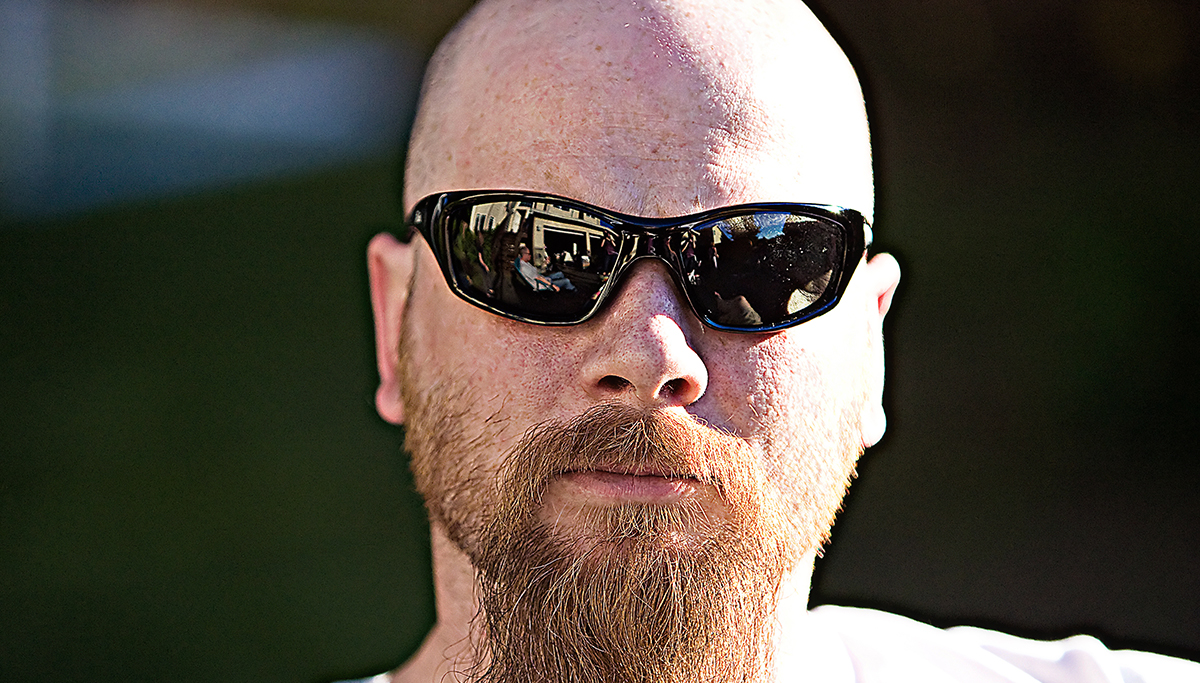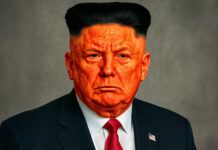Baltimore, MD — Area racist Merton Davies knows a racist when he sees one. And he says he’s not one because “don’t see no color. I hate everyone equally, especially the Iranians.” His “I don’t see no color” is Mr. Davies go-to response when he shares racist slogans and memes on social media.
“I don’t see no damn color. What I see is all their trash and graffiti,” said Mr. Davies in one controversial comment stream on Facebook. I got no problem with them coming over here, but they try to change my neighborhood and lifestyle. I don’t want any of them here if they can’t assimilate with our way of life. You know, like the blacks did after the civil war.”
Many cultural critics who have an education beyond the 9th grade, see peril with “I don’t see color” reasoning. This is highlighted by former Presidential Candidate and Starbucks CEO Howard Schultz, who claimed: ” I didn’t see color as a young boy, and I honestly don’t see color now.” Pretending not to see race does not solve the problem of racism. Instead, it inhibits the fight against racism by creating a culture of denial.
“Well, all politics are identity politics, by definition,” said Professor James Badwater of the University of Chicago’s Badwater Institute for Public Policy and Culinary Skills. “You identify with others politically. That’s how it works. Anyone who uses the attack phrase ‘identity politics’ is typically speaking from a position of privilege directed at people they deem as morally superior. In other words, it’s mostly white people who are trying to avoid talking about race.”
“Look, being an American, we’re taught that we’re all individuals,” continued Mr. Davies, who later admitted he was currently collecting disability following a recent welding accident. “And I gotta tell you, people, who see color are the real racists. People use color to gain an advantage over normal Americans. They want to sit on their assess and get free stuff. Paid for doing nothing, you know?”




